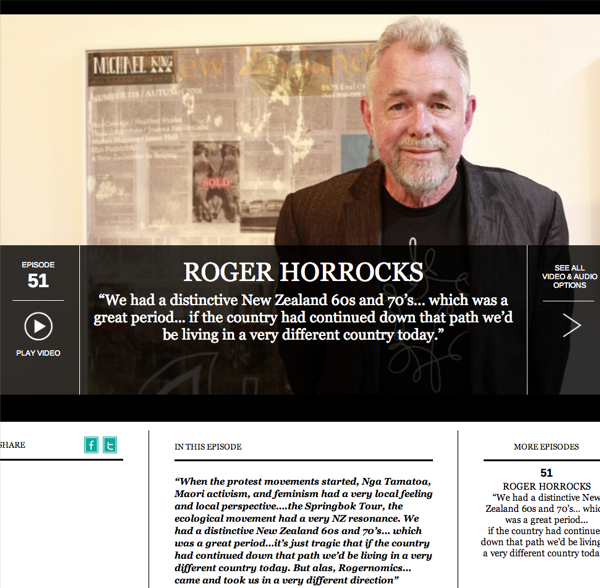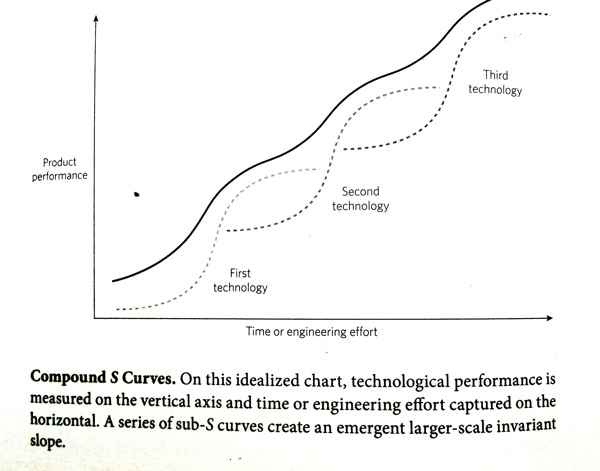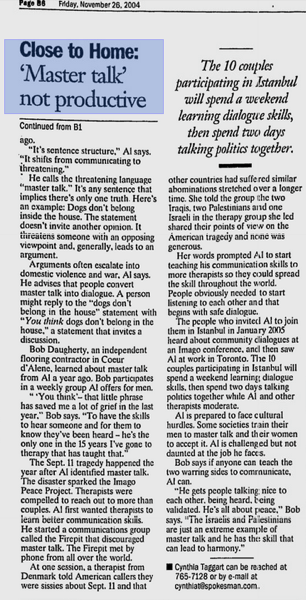Summary of Norms and Guidelines
for Communologue
1. Everyone is mirrored. This slows sharing down but develops a sense of each speaker feeling safe and being fully heard.
2. Anyone can volunteer to mirror. If no one else wishes to mirror the speaker, the facilitator(s) will do it. We suggest that if a person wants to “respond” to what has been said, they not be the one to mirror the speaker to whom they wish to “respond.”
3. Have an attitude of pre-validation.* In other words, assume that all persons “make sense” and are valid before they speak. Listeners seek to understand the “sense” that speakers are making and are trying to express.
4. The group holds the “space of validity” for all members and encourages the sharing of different points of view.
5. Avoid MasterTalk* – in other words avoid sentences that imply that only one point of view is correct. If Master Talk statements are made, “Boundary insertions” may be used to return the tone to one of sharing.
· “This is a fact” is politely mirrored, “So you believe…”
· “This is what happened” becomes “So you remember…
· “You are wrong” becomes “So you think differently. You think…”
· “I think I speak for everyone here” is met with a polite request to just state what is true for him or her.
6. Value silence skillfully. Powerful points are often followed by silence. Silence doesn’t have to be filled right away. Listen for the emerging wisdom of the group.
7. Silence, on the other hand, can be a signal that talk is going underground. If this is perceived, a facilitator may invite and encourage sharing.
8. Facilitators and group members encourage all points of view and honor real differences.
9. Work to shift the tone from “conflict” to “sharing”. Saying you want to make an “addition” can be a powerful alternative to debating and win/lose thinking.
10. Encourage a sense of seeing a larger picture by valuing each person’s contribution to the group consciousness.
11. Learn to enjoy hearing and sharing even ideas you don’t particularly like. Learn to hold the tension of differences and grow the communologue space.
12. Senders should make relatively short sends; paying attention to the needs of other’s to share the time available.
13. It is believed helpful for senders to stay with one subject per send.









